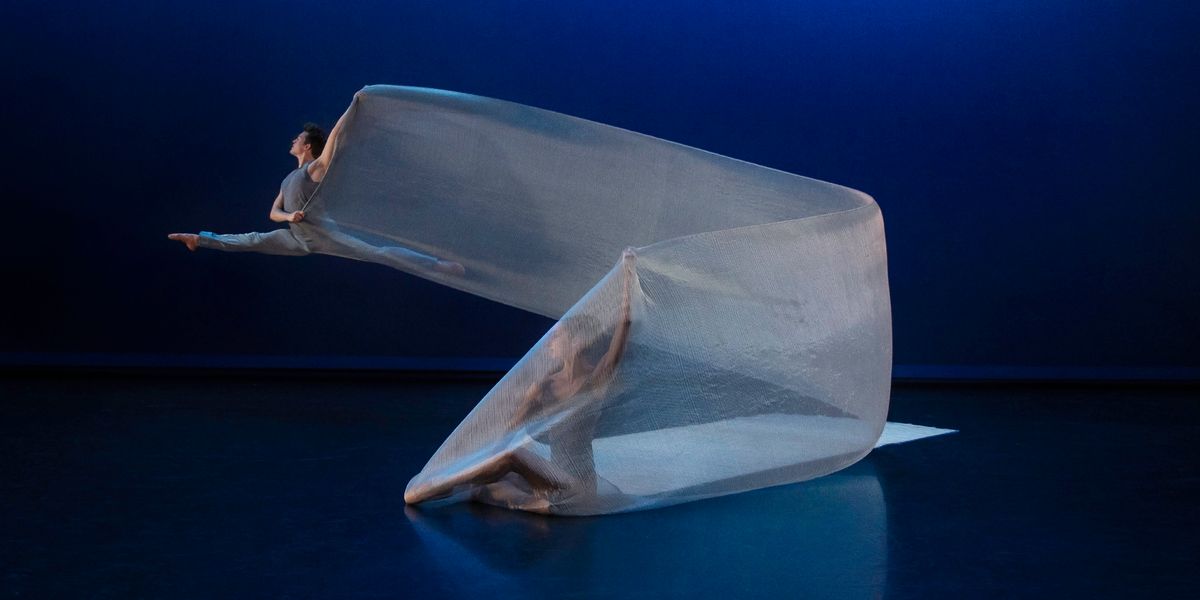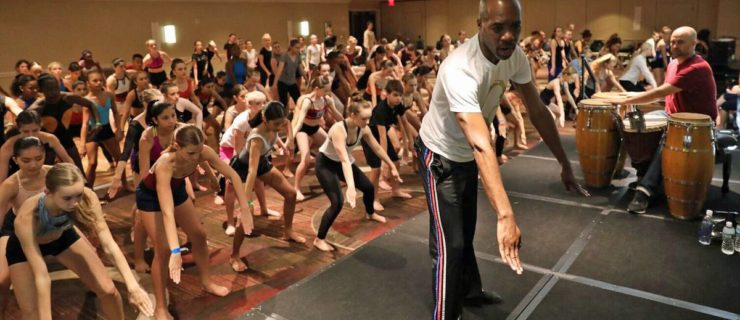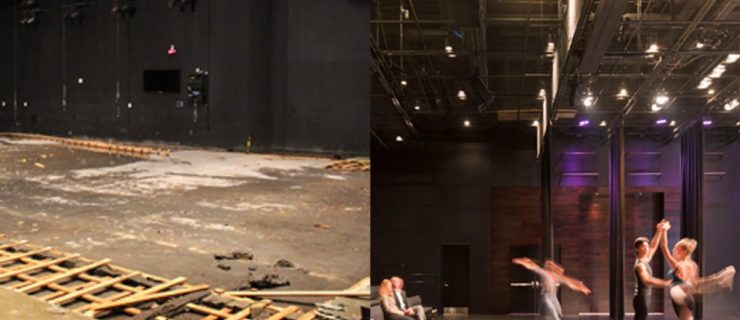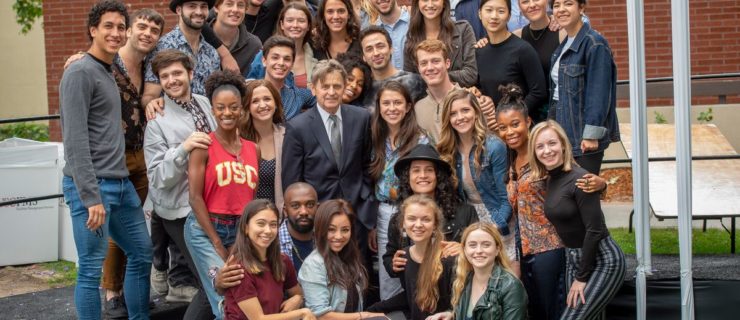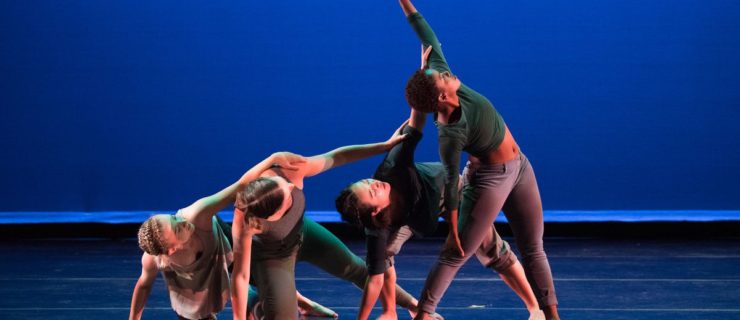Why University of Arizona's Dance Program Is the Ultimate Prep for Company Life
If you think becoming a trainee or apprentice is the only path to gaining experience in a dance company environment, think again.
The University of Arizona, located in the heart of Tucson, acclimates dancers to the pace and rigor of company life while offering all the academic opportunities of a globally-ranked university. If you’re looking to get a head-start on your professional dance career—or to just have a college experience that balances company-level training and repertory with rigorous academics—the University of Arizona’s undergraduate and graduate programs have myriad opportunites to offer:
The pace of your day and semester model a company schedule.
“At Charlotte Ballet, we typically went to class at 10 am, followed by six hours of rehearsal or one or two performances,” says Gregory Taylor, who came to University of Arizona to study dance and optics after five seasons with the company. “At UA, the schedule is pretty similar. Instead of one block of rehearsal, I may be in an academic class or lab, but there’s absolutely the same rigor as company life.”
In fact, a year in the life of a university dancer functions much like a company season. “In the professional world, you work, rehearse and build up to a few weekends of shows, and then you quickly move on to the next piece or performance,” says Hayley Meier, a grad student in the university’s MFA program who also completed her BFA at the school in 2009. She danced with River North Dance Chicago for five seasons in between. The sheer number of performances at UA—five productions and 40 performances a year in their own theater, where they have a strong subscriber base—ensures that students get used to a nonstop pace, she says.
Perhaps this is why so many students go directly from graduation into varied careers with the likes of Paul Taylor Dance Company, Giordano Dance Chicago, and Sacramento Ballet, or the casts of West Side Story and Cirque du Soleil. “The students’ education is tailored toward being able to step into a professional environment and know the ropes,” says Autumn Eckman, an assistant professor of dance. “From day one, they’re learning how to budget their time and manage a schedule. Conditioning and self-care are built into daily technique classes, and even though we are a large program, the faculty’s doors are always open. They become adaptable, which is so necessary in today’s dance industry.”
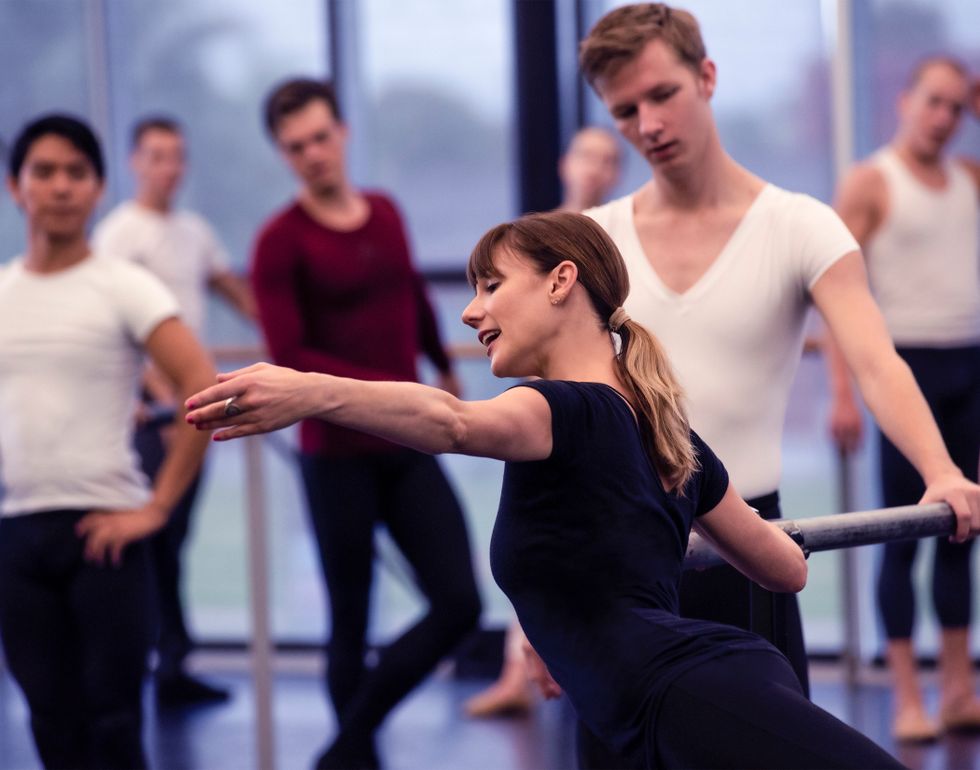
Autumn Eckman
Ed Flores, courtesy University of Arizona
You’ll be taking company-level classes with and from the pros.
Faculty members come from the professional dance world—and their expectations are high. “The dancers are not treated any differently than they would be in a company environment, and they rise to the occasion,” she says. “This is the hands-on, personal attention you’d get as an apprentice or trainee.”
Students can immerse themselves in ballet, modern, jazz and improvisation. And with a 2:1 ratio of women to men, they gain strong experience in partnering. “It’s equivalent to or better than company class,” says Taylor.
“The graduate students are also wonderfully integrated with the undergrads,” says Eckman. “These are dancers who come from diverse professional careers, bring a fresh perspective and maybe want to launch their own companies someday.” Grad students teach and choreograph, but they’re also right there at the barre, so BFA students can see how a pro takes class.
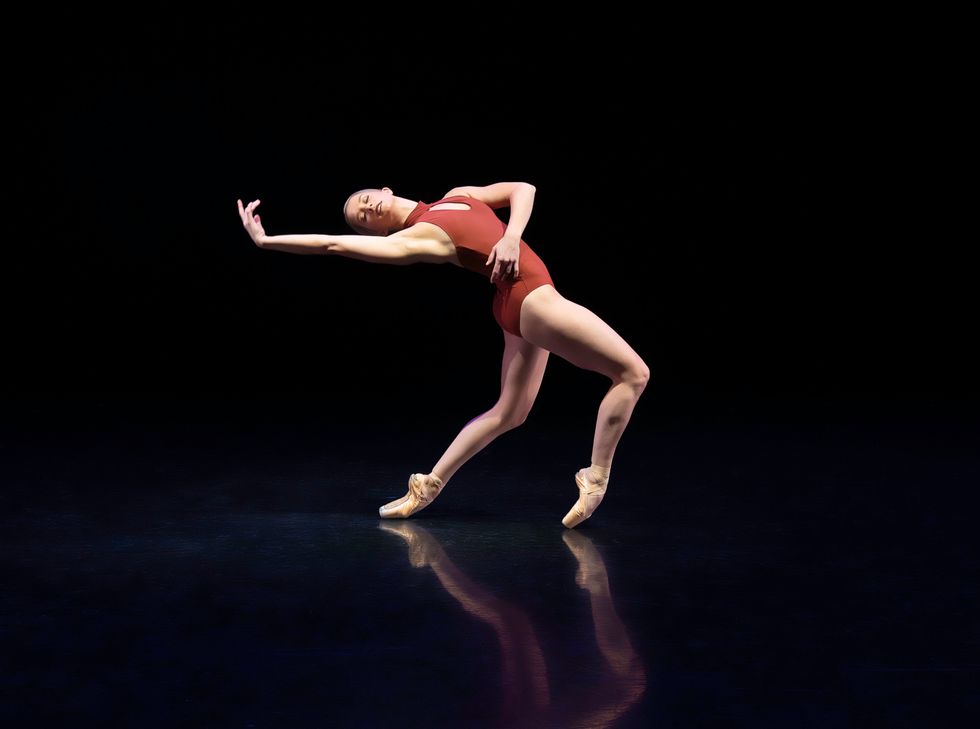
Hayley Meier
Ed Flores, courtesy University of Arizona
The academic environment facilitates and encourages creative exploration.
Many UA dance majors are double majors or pursue a minor in a completely different field. “You’d be surprised how one course of study can actually facilitate another,” Eckman says. Plus, students and faculty regularly collaborate across departments: Eckman herself has created original work with the harp faculty member at the school of music and an MFA student in the art department.
Considering that companies are full of artists with side projects and diverse passions, there’s no reason to put your other interests on ice for four years. Taylor just finished a project where he sent a small payload with a camera to the edge of our atmosphere using a weather balloon, and he’s converting the video to virtual reality so anyone can travel to space.
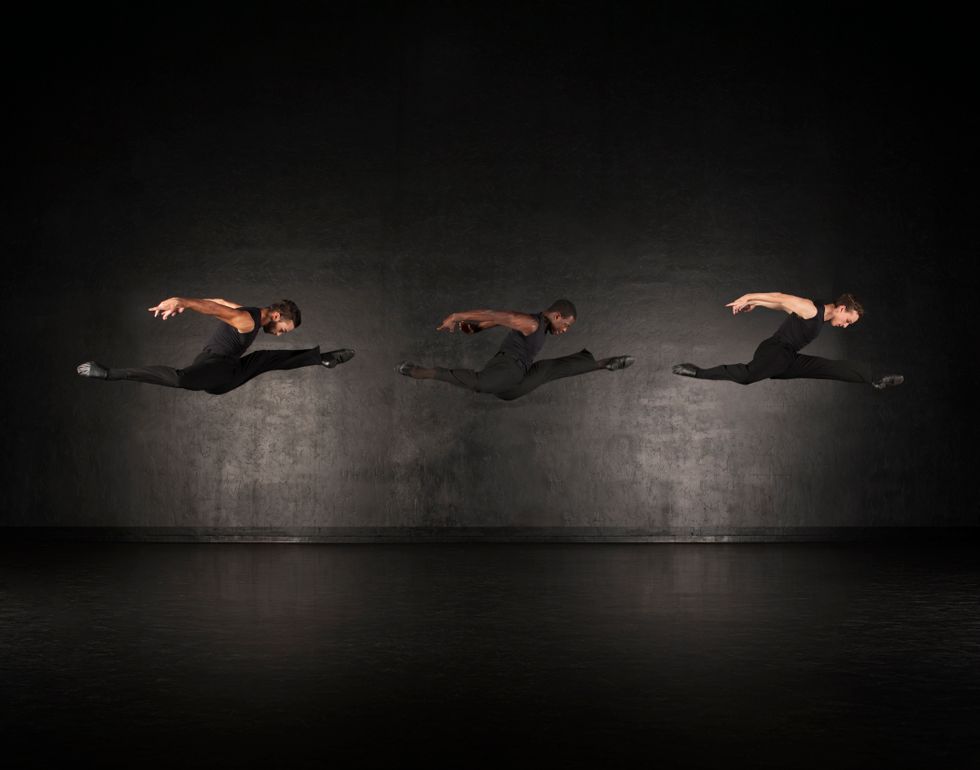
UA Dance Ensemble members in Alexei Ratmansky’s “Bolero”
Ed Flores, Courtesy University of Arizona
Diverse repertory and perspectives help you mature as a performer.
Not only are students working with faculty and guest artists on original works each semester, but dancers also switch gears quickly to learn an impressive range of repertory. In the past few years alone, they’ve performed works by Christopher Wheeldon, Alexei Ratmansky, Jessica Lang, George Balanchine, Jerome Robbins, Martha Graham, José Limón and Nacho Duato. “The diversity of the rep is what drew me to the university in the first place,” says Meier. “I knew a traditional ballet company probably wasn’t the right place for me, but at Arizona I could take ballet five days a week and still experience so much of what else is out there.”
This exposure helps dancers to develop skills they’ll need on the job, like collaboration and a deep sense of their own artistry, without stumbling through their first months in a company to get it. But new challenges are also a draw for experienced professional dancers going back to school. “These are choreographers I wasn’t even exposed to as a professional dancer,” adds Meier, “so coming in as a grad student doesn’t feel like a step backwards.”
